There’s something deliciously subversive about Julia Roberts arriving in Venice not in a ballgown, but in a sweater. Not just any sweater, mind you, but one emblazoned with the face of her After the Hunt director, Luca Guadagnino. It’s the kind of playful audacity that turns a red carpet moment into a cultural wink, a sartorial inside joke between collaborators who clearly adore each other’s company—and each other’s chutzpah.
Roberts’ sweater, a custom white cardigan, is the visual anchor of this spread. It’s cozy yet bold, the kind of piece that feels like a hug from a friend who also happens to be a visionary filmmaker. The garment’s oversized fit and the black-and-white portrait of Guadagnino’s face—smiling, contemplative—transform it into a wearable homage, a fashion-forward love letter to their creative partnership. Paired with rolled sleeves and an effortless, undone elegance, it’s a look that says, “We’re here to have fun, but we’re also here to make you think.”
The surrounding imagery amplifies this mood. In one shot, Roberts leans against a desk, her posture relaxed but her gaze sharp, embodying the balance of warmth and intensity that defines both her and Guadagnino’s work. The set is awash in soft, natural light, evoking the intimate, almost familial atmosphere of a director’s lair—bookshelves, a desk lamp, the tools of a storyteller’s trade. It’s as if the photoshoot itself is an extension of their film: unpretentious, but layered with meaning.
Chloë Sevigny and Ayo Edebiri, Roberts’ co-stars, bring their own distinct energy. Sevigny, in a crisp white shirt and tie, channels the intellectual rigor of her character, Alma, while Edebiri’s navy dress, adorned with sporty white stripes, hints at the youthful dynamism she brings to the project. Their poses—back-to-back, smiling—suggest a camaraderie that feels as authentic as the film’s exploration of friendship and betrayal.
The embedded text from the Variety interview reveals a collaboration fueled by mutual admiration and creative daring. Roberts’ quip about “needing more Julia” on set—referring to Guadagnino’s habit of screening her past films for inspiration—hints at a director who wears his influences on his sleeve, much like Roberts wears his face on hers. The conversation snippets scattered across the pages—playful, introspective, occasionally provocative—mirror the tone of the film itself: a blend of wit, vulnerability, and unapologetic boldness.
Guadagnino’s declaration that Roberts is “an incredible cook” who “does an amazing salmon” feels like a metaphor for her performance: nurturing, but with a bite. Meanwhile, Sevigny’s deadpan humor (“I just wanted more Julia!”) and Edebiri’s awestruck admiration for her co-stars underscore the generational and stylistic range of the cast, a dynamic that the fashion spread mirrors perfectly.
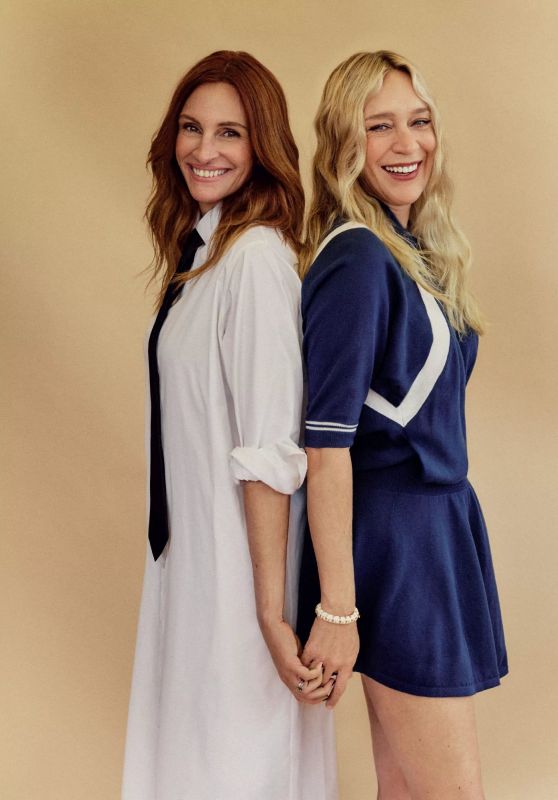
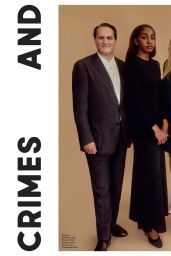
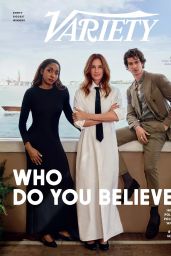
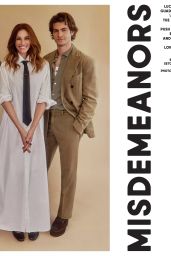
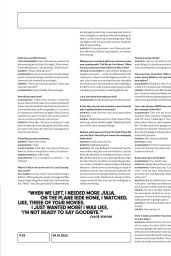
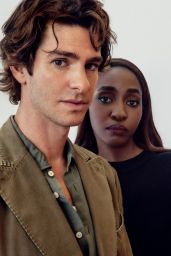
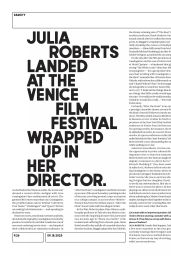
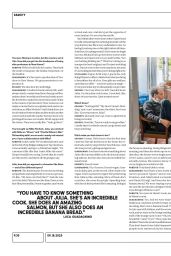
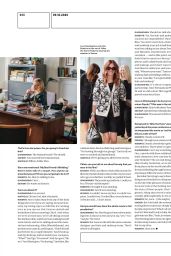
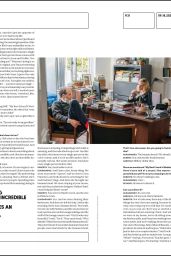
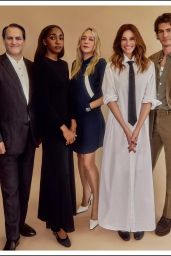
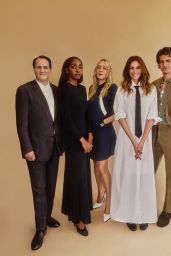

Share what you think